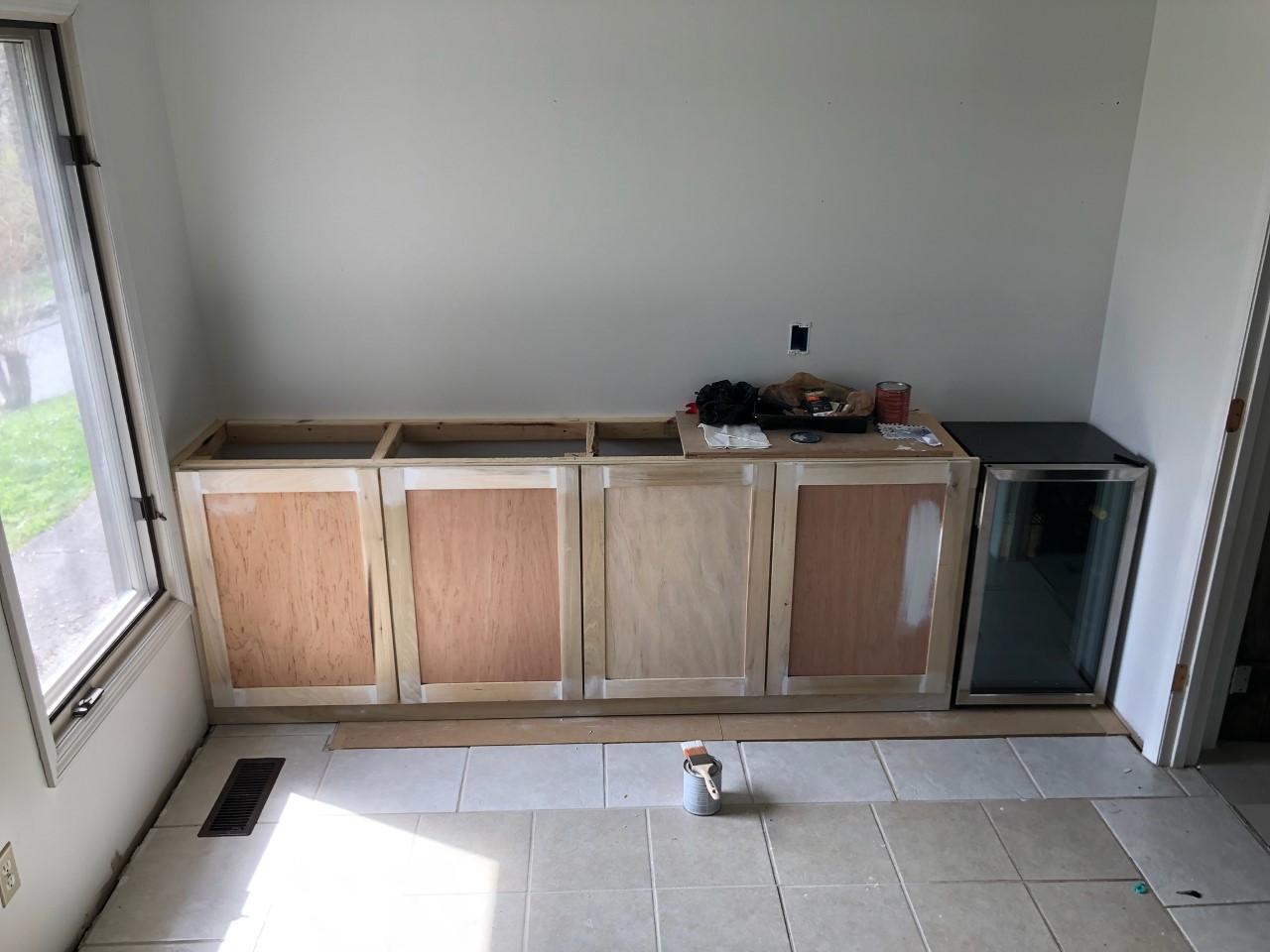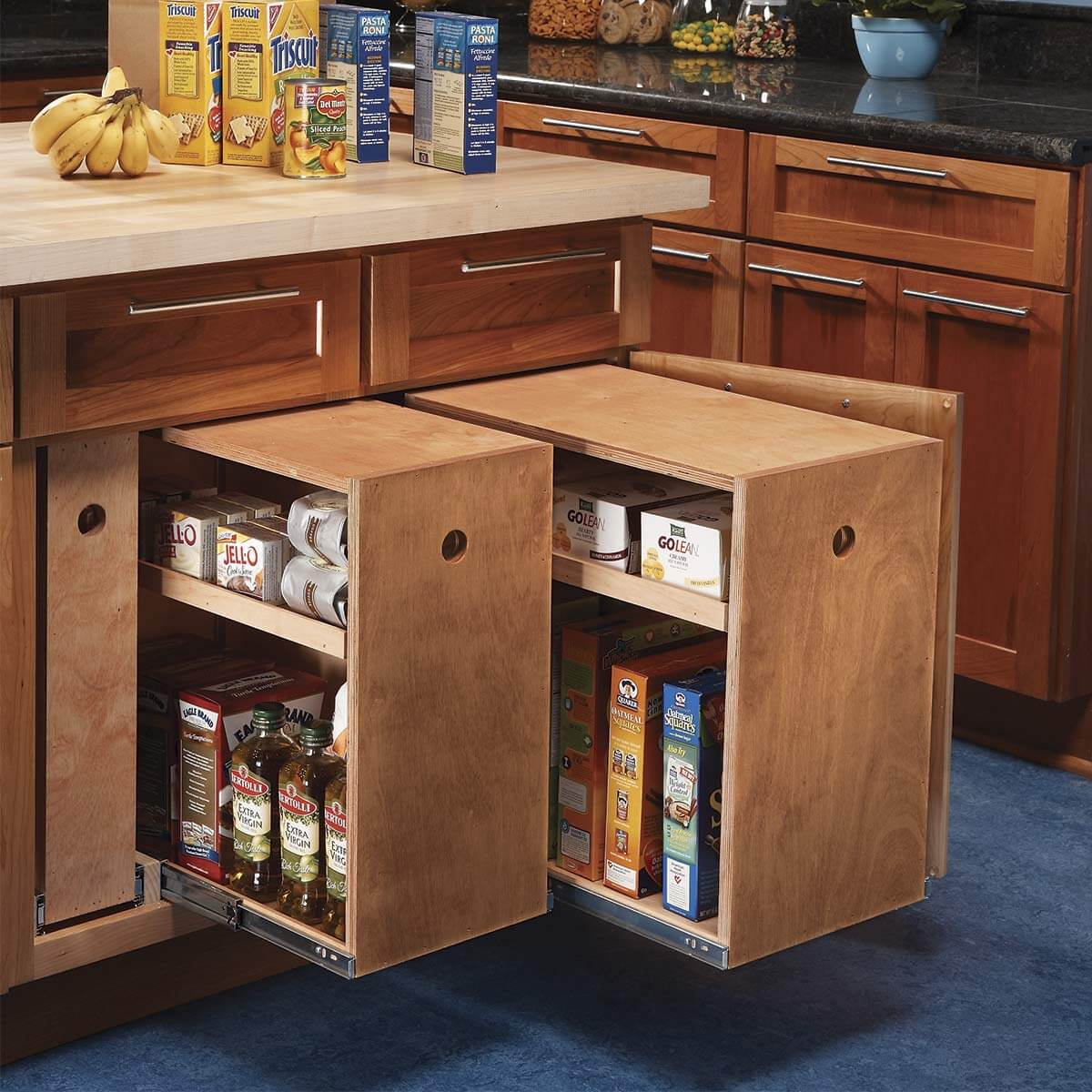DIY cabinets offer a rewarding way to transform your home, adding personalized style and functionality to any space. From sleek modern kitchens to rustic farmhouse bathrooms, building your own cabinets allows you to create custom solutions that perfectly fit your needs and budget.
Table of Contents
The journey begins with careful planning and design, ensuring your cabinets are both aesthetically pleasing and practical. From choosing the right wood species to selecting hardware and finishes, every detail contributes to the final outcome. With step-by-step guidance, you can confidently construct sturdy cabinet boxes, doors, and drawers that elevate your home’s design.
Materials and Tools

Building DIY cabinets is a rewarding project that allows you to customize your home and save money. To embark on this endeavor, you need to gather the right materials and tools to ensure a successful outcome. This section will guide you through the essential materials and tools needed for building cabinets, including wood, plywood, hardware, and finishes.
Choosing the Right Wood
The type of wood you choose for your cabinets will affect their durability, cost, and aesthetics. Consider these factors when selecting wood:
- Durability: Hardwoods like maple, oak, and cherry are known for their strength and resistance to scratches and dents. These woods are ideal for high-traffic areas like kitchens and bathrooms.
- Cost: Softwoods like pine and fir are more affordable than hardwoods. They are suitable for less demanding areas, such as bedrooms or closets.
- Aesthetics: Each wood species has a unique grain pattern and color. Consider the style of your home and the desired aesthetic when choosing wood.
Essential Tools for Building Cabinets
Having the right tools is crucial for building cabinets efficiently and accurately. Here are some essential tools you will need:
- Saws: A circular saw for cutting plywood and sheet goods, a jigsaw for intricate cuts, and a miter saw for precise angle cuts.
- Drills: A cordless drill for driving screws and a drill press for drilling holes with accuracy.
- Sanders: A random orbit sander for smoothing surfaces and a belt sander for rough sanding.
- Clamps: C-clamps for holding pieces together during assembly, and bar clamps for holding large panels.
- Measuring tools: A tape measure, a combination square, and a level.
- Other tools: A hammer, a screwdriver set, a chisel, and a router for creating decorative edges.
Importance of High-Quality Materials and Tools
Investing in high-quality materials and tools is essential for a successful cabinet-building project.
Using high-quality materials ensures durability and longevity.
High-quality tools offer accuracy and precision, resulting in a professional finish.
- Wood: Choose wood that is free of knots and defects.
- Plywood: Opt for plywood with a high-quality veneer and a solid core.
- Hardware: Invest in durable hinges, drawer slides, and cabinet pulls.
- Finishes: Use high-quality paint, stain, or varnish to protect your cabinets and enhance their appearance.
Finishing Touches

The final stage of building your DIY cabinets is adding the finishing touches. This step is crucial for both aesthetics and functionality. A well-applied finish protects your cabinets from wear and tear, moisture, and stains, extending their lifespan and enhancing their beauty.
Finishing Options
There are several finishing options available, each offering a unique look and level of protection.
- Painting: This is a popular choice for cabinets, offering a wide range of colors and finishes. Paint can cover imperfections and create a smooth, even surface. You can choose from various types of paint, including latex, oil-based, and enamel, each with its own properties and drying times.
- Staining: Staining enhances the natural beauty of wood by adding color and depth. It allows the wood grain to show through, creating a warm and inviting look. Stains are available in various shades and finishes, from light washes to deep, rich tones.
- Varnishing: Varnish is a clear protective coating that enhances the natural beauty of wood while providing a durable, water-resistant finish. It can be applied over stained or unstained wood and is available in different finishes, such as gloss, semi-gloss, and matte.
Preparing Surfaces for Finishing
Before applying any finish, it is essential to prepare the cabinet surfaces properly. This ensures a smooth, even application and a beautiful, long-lasting finish.
- Sanding: Sanding smooths out imperfections, removes any rough edges, and creates a uniform surface for the finish to adhere to. Start with a coarse-grit sandpaper and gradually work your way to a finer grit.
- Priming: Priming helps to create a barrier between the wood and the finish, promoting better adhesion and preventing the wood from absorbing too much of the finish. Primers also help to seal the wood and prevent stains from bleeding through.
Applying Finishes
Applying finishes evenly and achieving a desired look requires patience and practice. Here are some tips:
- Use a quality brush or roller: Choose a brush or roller that is appropriate for the type of finish you are using. A good-quality brush will help to distribute the finish evenly and prevent streaks or brush marks.
- Apply thin coats: Apply the finish in thin, even coats. It is better to apply multiple thin coats than one thick coat. This allows the finish to dry properly and prevents it from running or dripping.
- Let each coat dry completely: Allow each coat of finish to dry completely before applying the next. Drying times vary depending on the type of finish and the environmental conditions.
- Sand between coats: For a smoother finish, sand lightly between coats with fine-grit sandpaper. This helps to level out any imperfections and create a more uniform surface.
Safety Precautions: Diy Cabinets
Building cabinets involves using power tools and woodworking equipment, which can be dangerous if not handled properly. It is crucial to prioritize safety throughout the construction process to prevent accidents and injuries.
Personal Protective Equipment, Diy cabinets
Wearing appropriate personal protective equipment (PPE) is essential for safeguarding yourself from potential hazards.
- Eye Protection: Always wear safety glasses or goggles to protect your eyes from flying debris, sawdust, and other projectiles.
- Hearing Protection: Power tools generate loud noise that can damage your hearing over time. Wear earplugs or earmuffs to protect your ears.
- Gloves: Wear gloves to protect your hands from splinters, cuts, and other injuries.
- Respiratory Protection: Woodworking produces dust, which can be harmful to your respiratory system. Wear a dust mask or respirator to prevent inhaling dust particles.
Safe Work Practices
- Keep Work Area Clean: A cluttered work area increases the risk of tripping and falling. Keep your workspace clean and organized, and remove any obstacles.
- Use Tools Properly: Read the instruction manuals for all power tools and woodworking equipment before using them. Ensure you understand how to operate them safely and correctly.
- Maintain Tools: Regularly inspect and maintain your tools to ensure they are in good working order. Replace worn or damaged parts immediately.
- Avoid Distractions: Distractions can lead to accidents. Focus on your work and avoid distractions like cell phones or conversations.
- Use Clamps: Use clamps to secure your workpieces during cutting, drilling, or sanding to prevent them from moving unexpectedly.
- Use Push Sticks: Use push sticks to guide wood through power tools, especially when working with narrow pieces.
- Avoid Reaching Over Running Blades: Never reach over running blades or other moving parts of power tools.
- Disconnect Power: Always disconnect power tools from the power source before making adjustments, changing blades, or cleaning them.
- Be Aware of Surroundings: Be aware of your surroundings and ensure there are no obstacles or people in the path of your tools or workpieces.
Working in a Well-Ventilated Area
Woodworking generates dust, which can be harmful to your health. It is crucial to work in a well-ventilated area to minimize dust accumulation.
- Open Windows and Doors: Open windows and doors to allow fresh air to circulate.
- Use a Dust Collector: Invest in a dust collector to remove dust from the air.
- Use a Dust Mask: Wear a dust mask or respirator to protect yourself from inhaling dust particles.
Final Wrap-Up

Embarking on a DIY cabinet project is a rewarding experience, offering the satisfaction of creating something unique and functional. With meticulous planning, the right materials, and a touch of creativity, you can build cabinets that enhance your home’s style and practicality. Whether you’re a seasoned DIY enthusiast or a curious beginner, the journey of crafting your own cabinets is an exciting adventure that promises lasting results.
Building your own cabinets can be a rewarding DIY project, but it’s important to plan everything out carefully. A helpful tool for visualizing your design is Autodesk Homestyler , a free online program that lets you create 3D models of your space and experiment with different cabinet layouts.
Once you’re satisfied with your design, you can use the measurements to accurately cut and assemble your cabinets, ensuring a perfect fit.
